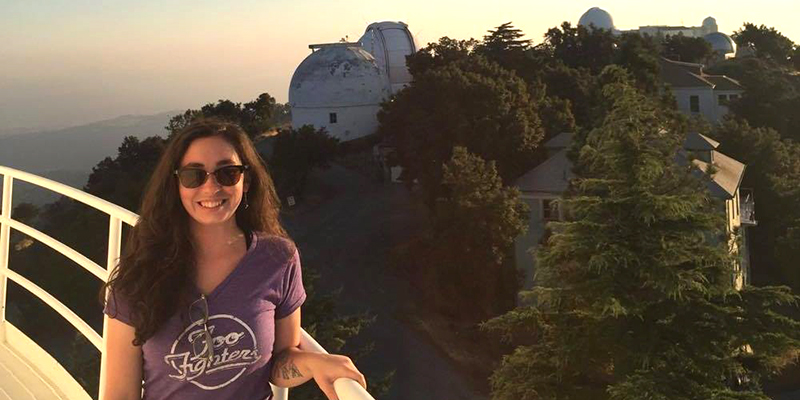The UVM physics department offers a wide variety of in-depth, largely qualitative courses designed to intrigue students with the full sweep of astronomical knowledge. Students who choose an astronomy minor start with the Introductory Astronomy course (ASTR 5) and one of the Astronomy Laboratories (ASTR 23 and ASTR 24) and then choose from a selection of additional courses on the "Moons and Planets," "Big Bang," "Stars and Galaxies," "Spacecraft in Astronomy," "History and Practices of Ancient Astronomy," or more advanced courses such a "Astrophysics," and "Special Topics" courses in astronomy. Students with a pre-professional interest in astronomy usually pursue the astrophysics track within the physics major.

Astronomy is a fascinating study for those with a strong interest in the sky, the amazing discoveries being made almost daily by modern astronomers, or the remarkable history of astronomy that goes back to the dawn of human civilization.

 Searching the Stars for Extraterrestrial Life
Searching the Stars for Extraterrestrial Life